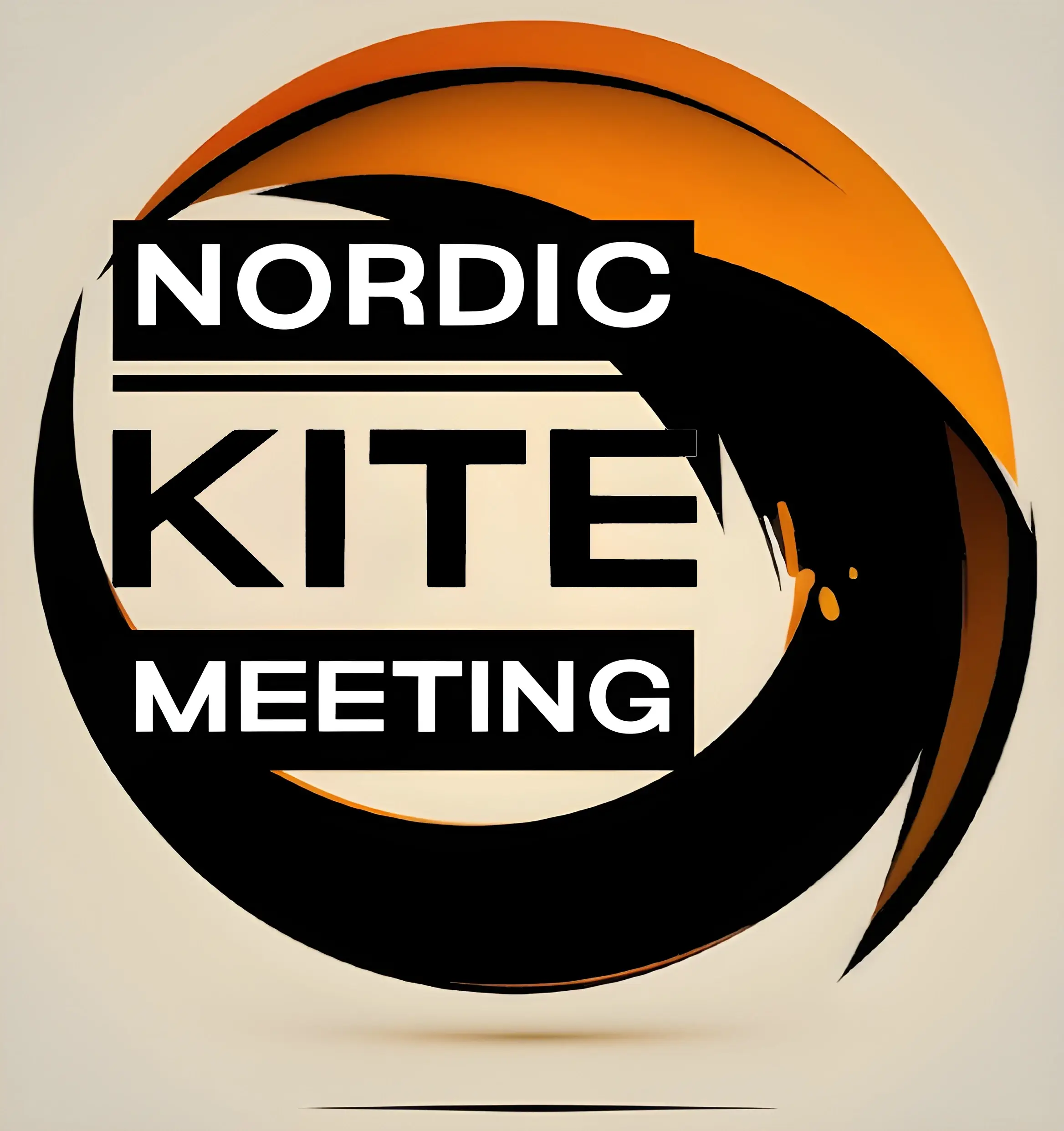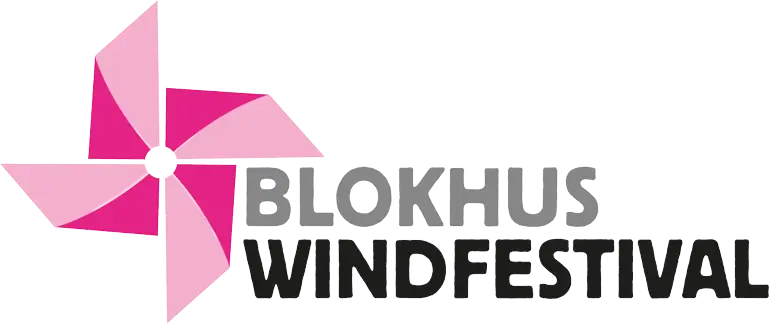LEt’s make this simple, shall we? Let’s just split it all in two:
- The STATIC flying style
- The DYNAMIC flying style
Here’s my quick definition of the two styles.
The Static Flying Style
The static flying style means the pilot is more or less stationary when flying. He/she is not moving around on the field a lot, is keeping the body kind of still and uses hands and arms (only) to fly the kite.
The Dynamic Flying Style
The dynamic style involves a lot more motion from the pilot. He/she is moving around in all directions on the field, using the upper body extensively and this style also often includes large arm motions.
There’s no One Truth
As alwasy, there is no One Truth when it comes to flying. There are pros and cons to any kind of approach. What might goes well with me, might not go that well with you. So please have that in mind when you continue reading this article and watching the video below.
Go out on the field and do your own experimenting and find what works and what not!
Reading the wind
I guess I must define myself as a more dynamic than a static pilot. I’ve been flying kites for years now, and after literally countless hours on the field, I’ve learned to “read the wind”. And when you have this skill in your toolbox, you can adapt to the fluctuations in the wind by using body language; adapt to a more dynamic flying style!
You know, if the wind suddenly drops, you kind of “read” that and automatically you take a step or two or three backwards!
You know, when you’re to pop that axel, you need to have enough slack in your lines to allow for a complete rotation; you walk, or sometimes run, downwind!
You know, when you want that inverted slide to go even further, you take a step or two or tree sideways, and the kite continues to slide in that drection!
There are many more examples, but I chose to let it go here and ask you to take a look at the video below instead.
The Static vs the Dynamic Pilot
In the video, I’m showing you the differences between a static and a dynamic flying style. Yes, I might overdo it from time to time, but If you can live with that, I can too!
If you follow this link, please check out John Barresi’s video! At about 1:45 into that video, John is giving you another tip to add to your list of dynamic flying style tools! And while you’re at it, why not visit Johns websites, Kite Forge, Kite Life and the John Barresi one!
And by the way, Right now I’m working on a (much) longer article about the dynamic flying style. A lot more examples and a lot more details. So for all you nerds out there, just stay tuned for more!




3 Responses
To summarize required movement of the pilot’s feet etc.:
QLK
More movement the lower the wind, from medium wind to lowest. No extra movement required for high winds.
DLK
Same as for QLKs. If tricking is added, then demand for movement increases from medium to higher to create the slack.
I suppose the demand for slack exists in higher wind for QLKs, but this is hardly not something I tested. For low/zero winds the movement is required for keeping the kite in the air (surprisingly 🙂 ). For slightly more wind movement can widen the wind window.
The above sounds very dry (and might not be totally groundbreaking). Therefore:
I much enjoy the feeling of control at a distance (as in tennis) and the control of oneself (as in the 2-3 ballroom dancing courses I took a long time ago as a student). Kiting provides both, especially in low wind. However the possibility of crisp distinct flight pattern/turns/pivots/rotations that higher wind offers is also desirable. You can’t lose here really, except in thunderstorm, hailstorm and heavy rain in no wind…, but if the weather is bad one can always check if there is an Aerialis Kites update (What, me being ingratiating? 🙂 ).
Apart from responding to the current wind conditions as above, the movement of oneself makes things possible as the pumping you give as an example on 2:43, but would the dynamic style be possible in medium wind while maximizing precision? Ahh, when revisiting the video in the link above, JB actually addresses this: by leaning backwards when power is demanded instead of moving (pulling back on) your hands/arms much, the (handle?) control is then not affected much.
Anyhow I try to remember to move around (or rather do things that require me to move around) and that is always good for the step counter/physical well being. Guess I should try some music to to get the body moving, but when being on the parking where I do most of my low wind I want to be able to hear any cars approaching.
Hi C. …and thank you for your contribution! ?
Like I say in the post, I’m kind of overdoing thing in the video. I’m normally not that extreme! ?
If you take a closer look at me – rather than the kite – in the video in this post…
https://kites.aerialis.com/the-ballet-routine/
…I’m more like myself. But you can still see quite a bit of body language. The wind was offshore and sometimes bumpy, lowish winds at the bottom and higher winds in the upper parts of the wind window.
Some of my dynamics try to remedy for these variations.
You can also see I’m walking downwind when the kite is descending and backing up when the kite is ascending. I also include a bit of sideways motion especially in those inverted slides. You know, just cheating a little. ?
Also note that when I do the wing tip pivot’ish thing, I pump on the lines to increase the pressure in the sail to have the pivoting looking good.
….hmmmm…. Is this an idea for another post? ??
> You can also see I’m walking downwind
*If* needed jogging/running downwind while the kite is gliding from you with maximum brake will gain more ground than walking (but might not fit into your ballet though). It might also get one more into ”movement mode”.
> Also note that when I do the wing tip pivot’ish thing, I pump on the lines to increase the pressure in the sail to have the pivoting looking good.
Another view is that you are flying the wing around the wing tip while trying to maximize the pressure with the right amount of brake. A comparison: When you maximize the pressure (*) in forward flight by applying the right amount of brake (much) you also minimize the required footwork. When starting forward flight (at least when not pulling so hard so that the frame deforms much) one first need to leave the stalled state by a quick very slight release of the brake to move forward. When quickly applying the brake again one can then end up in the more wing like flight. Most often this initialization is subconscious/automatic, but it becomes more pronounced/can be studied in low/zero wind horizontal flying IMO.
A shorter version might be, don’t forget to increase the pressure by flying the wing with much brake, thus saving steps. Feel it in your hands when you achieve this.
* For reverse flight in very low wind much pressure in the sail is also good news.